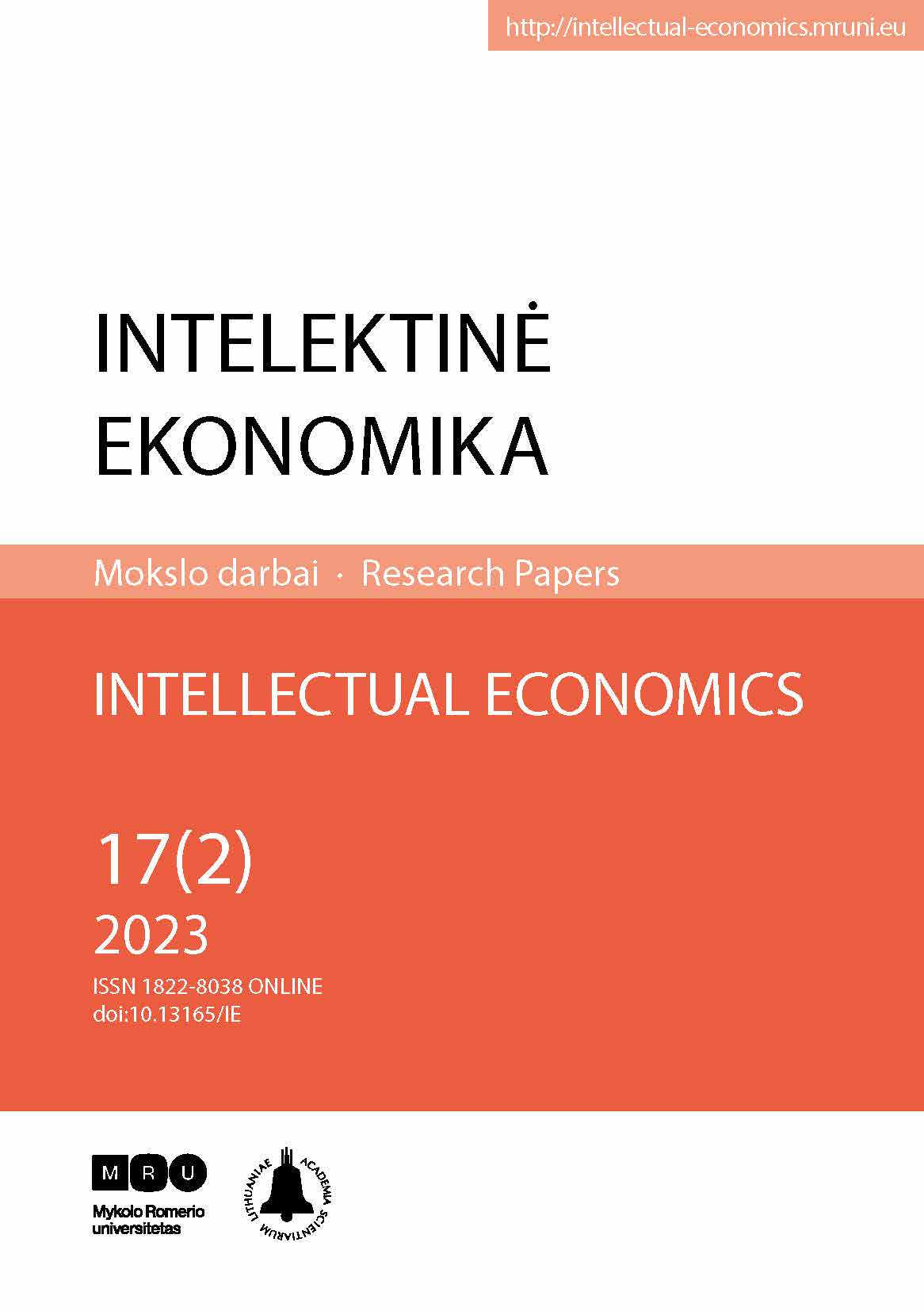THE DIGITAL TRANSFORMATION OF ENTERPRISES AS A
LEVER TO ENHANCE EXTROVERSION OF FOREIGN TRADE:
THE CASE OF GREECE
THE DIGITAL TRANSFORMATION OF ENTERPRISES AS A
LEVER TO ENHANCE EXTROVERSION OF FOREIGN TRADE:
THE CASE OF GREECE
Author(s): Anastasios Moskofidis, Pagona FilentaSubject(s): Economy, Business Economy / Management, ICT Information and Communications Technologies
Published by: Mykolas Romeris University
Keywords: Digital Transformation; Research & Development, Crises; Foreign Trade;
Summary/Abstract: Purpose: The present paper aims to capture the evolution of digital transformation in the sectors of the Greek economy, on the one hand. On the other hand, it investigates the existence of causal relationships between the extroversion of sectors of the economy towards foreign trade. Methodology: Methodologically, by applying secondary research in international databases, indicators of digital transformation are extracted and certain indicators of the extroversion of the Greek economy are determined. By applying the method of multiple regression, linear correlation relationships between the examined variables are investigated. Findings: The findings of the survey include: the improvement of the digital ranking of the Greek economy; and the improvement of extroversion in all sectors of the Greek economy, with stronger improvement in the sector of industrial products. Regarding the correlation between extroversion and digital maturity, indications emerge suggesting that digital transformation in the public sector can contribute to the development of foreign trade. Originality: The contribution of this paper in terms of its originality lies in the fact that it fills the literature gap in the investigation of causal relationships between digitization and the extroversion of commercial sectors. Research limitations: The limitations to this survey are the lack of data on digital transformation by economic sector for each EU Member State, which occurs from the structural features of the index, and the time horizon of the sample, as the calculation of the indicator by the EU was introduced very recently.
Journal: Intelektinė ekonomika
- Issue Year: 17/2023
- Issue No: 2
- Page Range: 384-415
- Page Count: 22
- Language: English

